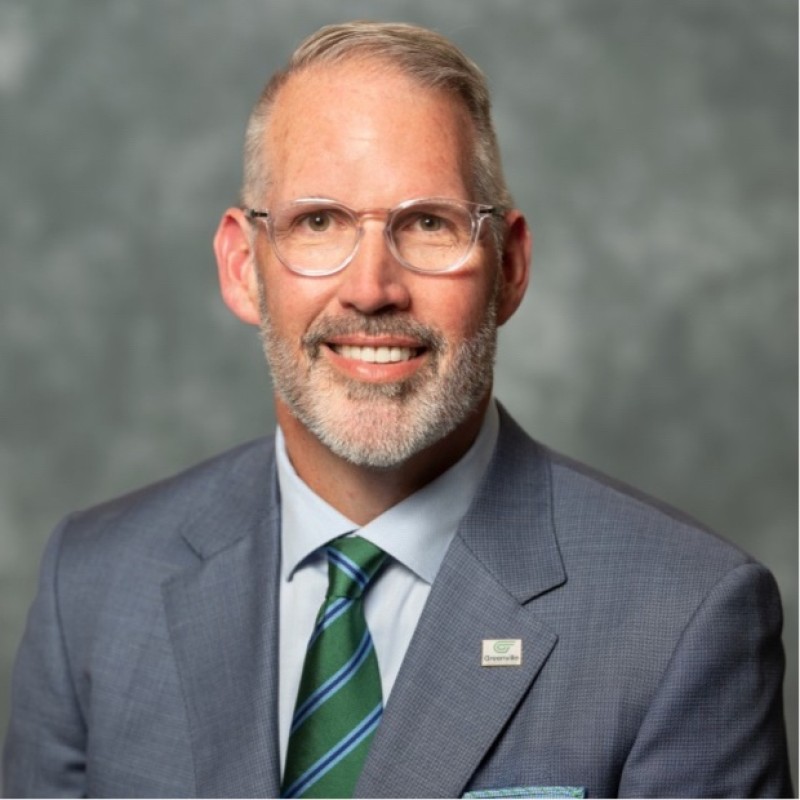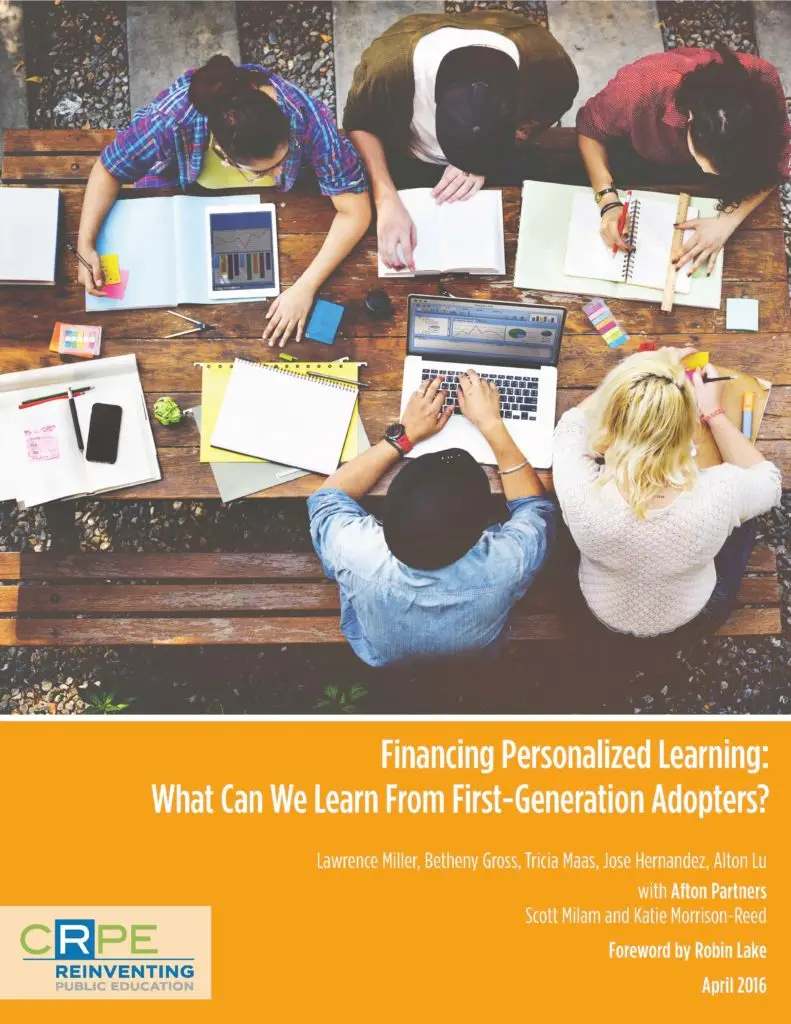Read the Related Blog
This paper takes the first systematic look at costs associated with implementing personalized learning schools, how leaders of these schools choose to allocate their funds, and what it might take to make personalized learning financially sustainable on public dollars. Researchers at CRPE, in partnership with Afton Partners, studied 16 charter elementary and secondary schools with a wide range of personalized learning models from across the country. All of these schools received significant funding from the Bill & Melinda Gates Foundation’s Next Generation Learning Challenges.
Key Findings
- The total amount personalized learning schools spent on their programs was largely spent on salaries, facilities, and operations – not technology.
- One-time costs associated with starting a personalized learning school can be substantial, but not always.
- Start-up expenses, revenue forecasts, and enrollment projections are easy to get wrong.
- When faced with financial trade-offs, schools tend to protect human capital and reduce technology spending.
- Schools appear to be reducing their reliance on private supports, but their long-term financial stability is still unclear.
With education leaders, policymakers, and philanthropies increasingly interested in personalized learning as a way to dramatically boost student outcomes, the magnitude of dollars, and more importantly, educator and student time, being invested in these schools is already significant and likely to grow exponentially. The findings from this study suggest that those interested in implementing and supporting these models need to think hard about how to use scarce public and private dollars to their greatest effect so that personalized learning can achieve its promise.







